ATVs are an expensive hobby. You can usually save some money by purchasing a used ATV rather than a new one. This is especially true when four wheeling is a family activity and you need four or five machines to keep everyone happy. I am not about to drop $40,000 on ATVs so everyone in my family can ride, but buying a used ATV can be a very scary undertaking. Like buying a used car, you have no idea how well the ATV has been cared for and if there are any mechanical problems. However, unlike buying a used car, you really have to be concerned when buying a used ATV that you may be purchasing stolen property.
The safest way to ensure you aren’t buying a stolen ATV is to buy from a respected dealer, but that is not always an option and it also isn’t going to help much on your quest to save significant money. While you can’t remove all risk of a used ATV being stolen, there are some key steps you can take to make sure you appreciate the risk, investigate effectively and prepare for the worst.
The unfortunate reality is that ATVs are fairly easy to steal. They aren’t like cars that are always out in the open with police looking for them and they can easily be thrown in the back of a truck or a trailer and hauled away. This is not only unfortunate for the original owner, but also for the unsuspecting purchaser as well. If you end up with a stolen ATV, it is most likely going to get confiscated by the police and returned to the original owner, unless you are willing to hide stolen property, which you should not.
Many times, the situation you find yourself in when buying a used ATV will tell you a lot about the ATV you are buying and the person from whom you are buying it. Pay attention to any red flags, and if you are uncomfortable with the situation, just walk away. Trust your instincts. It may be hard to walk away from a good deal, but trust that your instincts are saving you from handing over the money for a stolen ATV that you are going to lose anyway.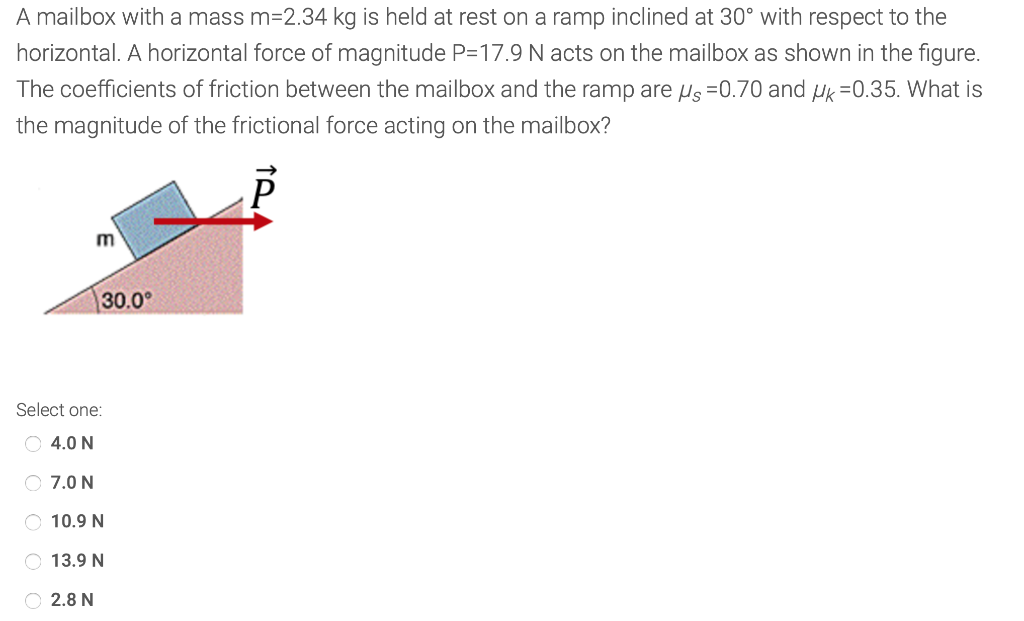 If you suspect the ATV is stolen, don’t accuse the seller of anything. Just let them know you are not going to purchase the ATV and leave. You can let the police investigate to see if it is stolen, but don’t put your own safety at risk by confronting the seller. The following situations are the most common red flags we see when purchasing a used ATV.
If you suspect the ATV is stolen, don’t accuse the seller of anything. Just let them know you are not going to purchase the ATV and leave. You can let the police investigate to see if it is stolen, but don’t put your own safety at risk by confronting the seller. The following situations are the most common red flags we see when purchasing a used ATV.
The first big red flag is a deal that is too good to be true. When the seller is willing to sell the ATV for a much lower price than it is worth, that is an almost sure sign there is something wrong with the ATV. While it is true there may be some valid reasons for an eager seller, you will need to dig into those and determine whether you believe them. We discuss some tips for getting to know the seller later in the article to help determine if the risk is worth it.
If the seller doesn’t have a title to the ATV, this could be a huge red flag, depending on where you live. Title requirements vary from state to state so you really need to learn the requirements for the state you are purchasing in before you can decide if the lack of a title is a red flag. Luckily, we have a guide for every state you can reference.
Title requirements vary from state to state so you really need to learn the requirements for the state you are purchasing in before you can decide if the lack of a title is a red flag. Luckily, we have a guide for every state you can reference.
In some states where a title should be available, the ATVs are sold new with a certificate of origin instead of a title. That means that at the time of purchase, it is up to the owner to get a title from the DMV. The owner might not bother spending the time or money getting a title because it might not be a legal requirement. Even if a title is required by law, there are some people out there who won’t get a title even if they are the legal owner.
Fortunately, in one of these legitimate circumstances where a title is not available from the seller, it is usually fairly easy to get a title transferred into your name. You’ll want to make sure that you contact your local DMV to find out what the requirements for that might be and ensure you can do it prior to purchasing the ATV. It is even a better idea in this situation to require the seller to get a title in their name before selling it to you. This may be a deal breaker for them, but it alleviates much of your risk.
It is even a better idea in this situation to require the seller to get a title in their name before selling it to you. This may be a deal breaker for them, but it alleviates much of your risk.
Now that we’ve told you the legitimate reasons a seller may not have a title, there are illegitimate reasons as well, namely the ATV is stolen. In a state where the seller should have a title and doesn’t, that is a giant red flag for me. It is not a risk I am willing to take regardless of how good of a story the seller can spin, but the risk you are willing to take is up to you. If you are willing to proceed with the sale, you can alleviate some of the risk by following the tips in this article.
A good thief may have gotten away with stealing both the ATV and the title. Check to make sure the name of the seller matches the name on the title. While the seller may have many excuses for having not put the title in their name, or they may claim to be selling it for a friend, that is not a risk I am willing to take when shelling out thousands of dollars. Insist that you meet the person on the title, in person, and that they sign the bill of sale. Alternatively, insist the seller get the title transferred to their name before they sell the ATV to you.
Insist that you meet the person on the title, in person, and that they sign the bill of sale. Alternatively, insist the seller get the title transferred to their name before they sell the ATV to you.
While a wary seller may be nervous about letting a stranger know where they live, it is a huge red flag if a seller insists on bringing the ATV to your location or meeting in a public place away from their home or business. If they don’t want you to know where they live or work, it is likely because they don’t want you to have a way to track them down when you discover the ATV is stolen or otherwise defective.
Wherever you are meeting, we recommend taking a friend along with you. Not only is it a good idea for safety reasons when you are meeting with a stranger, a friend may see something you don’t. It is easy to get caught up in examining the condition of an ATV and being excited about the prospect of buying a new ATV. Hopefully a friend will alert you of any red flags you miss.
Get all the information you can from the seller about their identity and the history of the ATV. This is especially important if there are red flags with the situation. There may be a good reason for the red flag so you need to figure out the explanation and then decide whether you believe it.
There are some good reasons people are eager to sell an ATV and willing to sacrifice the price. Two common occurrences are divorce and loss of employment. While these can be valid reasons, they may not be true. You may be stuck determining how much you believe the seller and how much you are willing to risk, but there are also additional steps you may be able to take. For example, check the local court docket to see if there actually is a divorce procedure pending.
A scam artist is going to be a smooth talker and have answers for all the expected questions. If you want to learn if he or she is telling the truth, throw a few curve balls and see if they can handle it.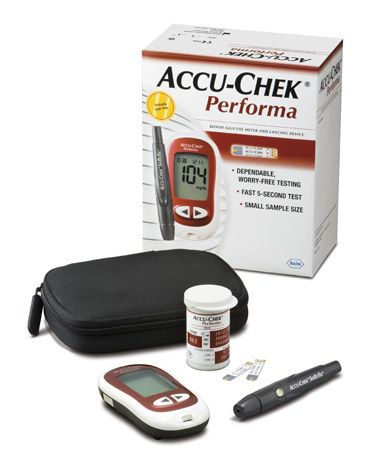 Don’t just accept their explanation at face value, ask some follow up questions to expose a part of the story they haven’t pre-planned and see if it startles them or they take a longer amount of time to come up with an answer. For example, if they say they have to sell the ATV due to a divorce, ask them if they are also moving to a new house. This is a logical question when dealing with a divorce, but it is likely something they would not be expecting. Another great follow-up question is asking who their divorce attorney is. You might say, “Oh really, I have some friends that are divorce attorneys, maybe I know yours. Who is it?” If they are really getting a divorce, the name will come right out, but they will almost certainly be caught off guard if they aren’t getting divorced.
Don’t just accept their explanation at face value, ask some follow up questions to expose a part of the story they haven’t pre-planned and see if it startles them or they take a longer amount of time to come up with an answer. For example, if they say they have to sell the ATV due to a divorce, ask them if they are also moving to a new house. This is a logical question when dealing with a divorce, but it is likely something they would not be expecting. Another great follow-up question is asking who their divorce attorney is. You might say, “Oh really, I have some friends that are divorce attorneys, maybe I know yours. Who is it?” If they are really getting a divorce, the name will come right out, but they will almost certainly be caught off guard if they aren’t getting divorced.
You also have a decent shot by asking about the ATV with the local ATV community and on internet forums. If someone has had their ATV stolen, they have likely reached out to the community and online resources to enlist help. Learn about the ATV you are looking at so you know what you are asking about. Try a couple searches with the make and model of ATV you are looking at with the word “stolen” and see if anything pops up. It is also a red flag if the seller can’t tell you much about the ATV.
Learn about the ATV you are looking at so you know what you are asking about. Try a couple searches with the make and model of ATV you are looking at with the word “stolen” and see if anything pops up. It is also a red flag if the seller can’t tell you much about the ATV.
Ask some questions only the owner would know. For example, ask how long that set of tires has been on it, ask what kind of battery it had (check out our article on different types of ATV batteries so you know how to confirm), ask about any aftermarket parts you see, ask about general routine maintenance that has been done (check out our article on braking tips for types of maintenance you can ask about).
Checking the VIN on the used ATV is maybe the most important step you can take, but it is something most riders don’t think about or don’t know how to do. There are two main methods for checking the ATV’s VIN to see if it has been reported stolen. First, you can check with the local police.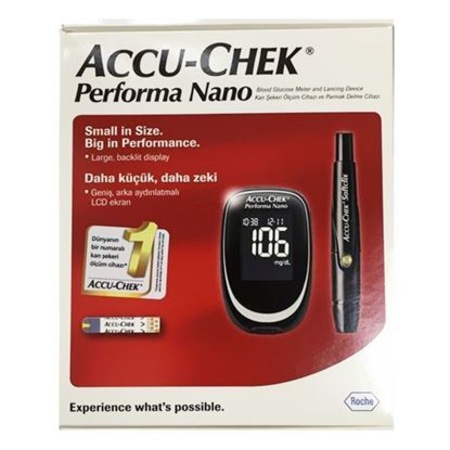 Second, there are a handful of websites that will check the relevant databases for you. I recommend you take advantage of both options.
Second, there are a handful of websites that will check the relevant databases for you. I recommend you take advantage of both options.
Something you need to be aware of is how you go about getting permission to check the VIN number. Don’t try to be sneaky and run the VIN without telling the seller. Explain to the seller what you are doing and why. Educate them on the issue and the resources available if they are not aware. If a seller is wary of you running the VIN, run for the hills. The seller may have good reason for not showing you the VIN, such as a winch that has to be removed to view the VIN, but do not let that stop you from checking the VIN no matter what they say. If they are not willing to do what it takes so you can check the VIN, walk away. It is not worth the risk.
This is going to depend somewhat on your location, but you may be able to just call into your local police department and have them check the VIN and they will tell you whether the ATV has been reported stolen.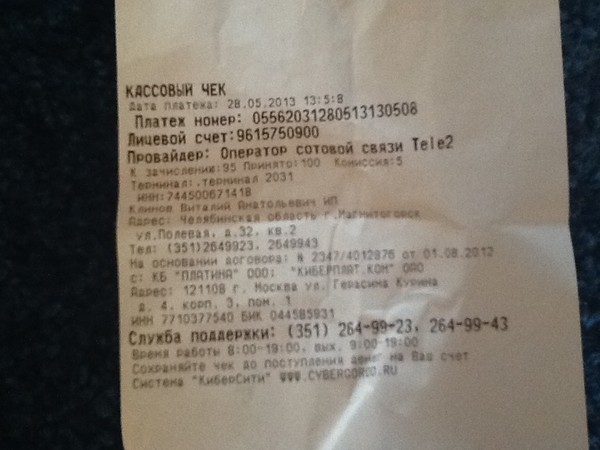 The great thing about going through your police department is they will hopefully be aware of any reports that have come in from the area, even if they didn’t include a VIN.
The great thing about going through your police department is they will hopefully be aware of any reports that have come in from the area, even if they didn’t include a VIN.
Don’t be surprised; however, if your local agency isn’t as accommodating. While some will take your call and give you a quick answer, others won’t help you unless you actually bring the vehicle into the department so they can inspect it. Of course, if it comes up stolen, they impound it. This will make it difficult, but if a seller is cooperative and willing to take it down to the station, that should ease most of your fears.
Luckily for us, there are a number of websites and services that will check the stolen vehicle databases to determine if the ATV you are looking at has been stolen. Since some of these services are different, it may be worth checking a couple of the websites just to be safe. The VIN may be in a different spot on different ATV models, but it is going to be mounted on the frame of the ATV, usually on the bottom left side.
National Insurance Crime Bureau. NICB is probably your best bet because this is the service used by insurance companies and police departments to report stolen vehicles. NICB offers a free service to the public to assist in determining if an ATV, or any other vehicle, has been stolen, but not recovered. You can also determine if an ATV has been reported as a salvage vehicle by a participating NICB insurance company. This is important because a salvaged ATV, in addition to potentially having unknown damage, can never be registered for highway use in most states. To use the NCIB’s “VINCheck” you simply have to enter the VIN number and you will get the results. Be aware, you are limited to five VIN checks per day.
Stolen 911-ATVs. The Stolen 911’s website is not going to connect you to the stolen vehicles database, but it is a fairly widely used service where ATV owners who have had an ATV stolen list info about the ATV. Stolen 911 will have the stolen ATV’s VIN indexed by google so it is easy for you to find. While you can search for the VIN, this website is also helpful because the owner can list descriptions and photographs of the ATV. The owner may also post a reward so you could get lucky.
Stolen 911 will have the stolen ATV’s VIN indexed by google so it is easy for you to find. While you can search for the VIN, this website is also helpful because the owner can list descriptions and photographs of the ATV. The owner may also post a reward so you could get lucky.
Stolenregister.com. Stolen Register is a database of stolen property. It allows you to search by almost any identification information, including the engine’s serial number (which can be important as a stolen engine can be swapped into a different ATV body), VIN or plate number. You can also search by incomplete information if that is all you have, or you can search pictures on their database.
Carfax. Everyone knows what carfax is by now. You can use it to look up ATV history as well. It can be pricey so hopefully you can find someone with a subscription willing to look it up for you. I have heard of people on Craigslist that will look up a Carfax report for a nominal fee, but I can’t recommend it as I don’t know if that violates anything important.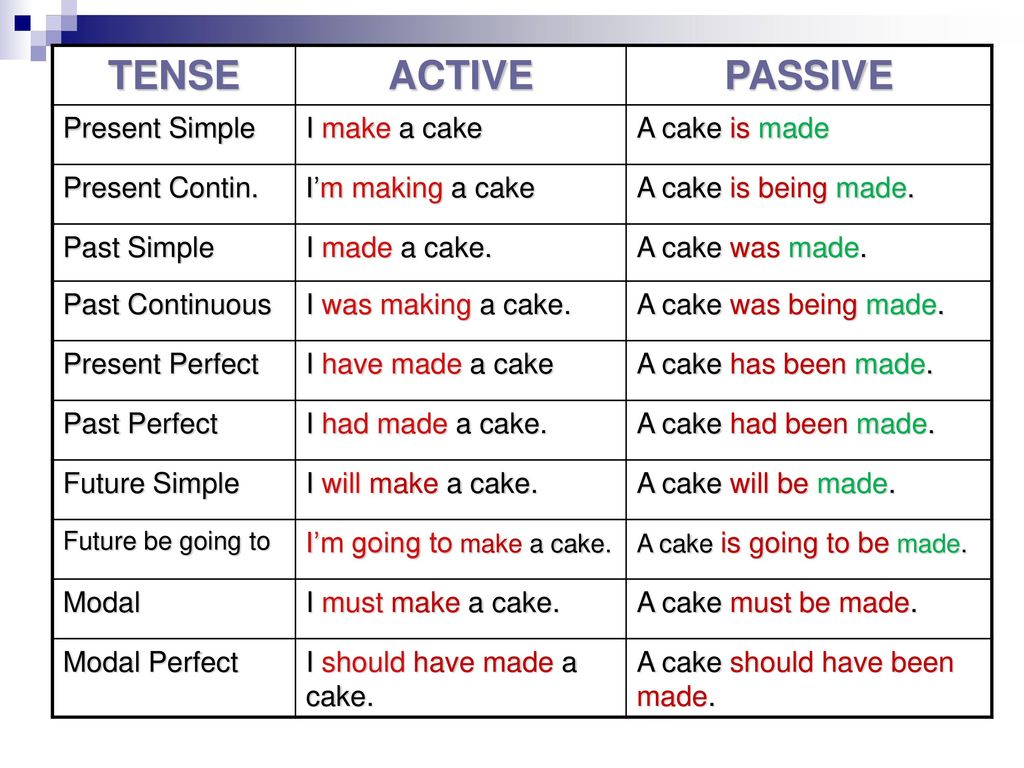
VIN fraud is the act of replacing or altering a VIN in order to mislead consumers or law enforcement. It often occurs in conjunction with vehicle theft. The two most common types of VIN fraud include:
VIN cloning is the most common method of VIN fraud. It involves taking a VIN from a similar, legally registered vehicle and placing it on a stolen vehicle to hide its identity. By doing this, a thief can more easily evade law enforcement and sell a stolen vehicle without worrying about the VIN registering on NICB.
This has become a more popular tool for thieves as it is pretty effective. The thieves can grab a new VIN from a recently salvaged vehicle, dealership ATVs, or from the internet. Once they have a legitimate VIN, a counterfit VIN label can easily be produced with low-tech equipment.
VIN cloning can result in two registered ATVs with the same VIN. In the event these two ATVs ever attempt to get registered in the same state, all kinds of issues arise and may result in your ATV being impounded. You may then become the subject of a criminal investigation, trying to prove you were not aware of the cloned VIN.
VIN altering is defined to include any of the following:
This is a very common sign of a stolen ATV. You would be surprised how many people buy a used ATV without checking the VIN, only to find later the VIN has been scratched off so it is unreadable. By that point, the new owner faces quite the predicament as they know they are driving a stolen ATV that is going to get impounded once they report it.
Following all the tips we talk about in this article will go a long way to helping you determine whether a used ATV may have been subject to VIN Fraud. In addition to following all those tips, make sure you thoroughly inspect the VIN on the ATV. Make sure there is no damage to the VIN label and that it is clearly legible. Also make sure the VIN on the label matches all title documents and service records that may be available to you. You can also conduct a title search and have your insurance carrier conduct a check for possible clones.
One sneaky trick you can learn is that the 17-digit VIN is not random. The position of each letter or number in the VIN reveals important information about where and when the ATV was made, the type of engine it had and various other pieces of information. You can look up the individual manufacturer and learn all the specific digits you should be looking for to match the ATV you are looking at, but the digits that you will find the most beneficial for spotting a sloppy VIN cloning job are the following:
 e. H for Honda, K for Kawasaki and so forth. If you are looking at a Honda and the second digit is a P, then it is likely a cloned VIN.
e. H for Honda, K for Kawasaki and so forth. If you are looking at a Honda and the second digit is a P, then it is likely a cloned VIN.Getting a title is the best way to be safe, but if that isn’t possible, then make sure to get a bill of sale. I would get both if possible. Even if you feel good about the sale and the VIN checks out clean, you can’t be sure there wasn’t VIN fraud or that the police department that took a stolen vehicle report actually submitted their report, or that the person from whom the ATV was stolen even knows it is gone yet.
Even if you feel good about the sale and the VIN checks out clean, you can’t be sure there wasn’t VIN fraud or that the police department that took a stolen vehicle report actually submitted their report, or that the person from whom the ATV was stolen even knows it is gone yet.
A bill of sale is absolutely essential, especially if there is not a title to the ATV. While a bill of sale does not need to be anything complex, full of legalese, you want to make sure you include some key information.
A bill of sale is a contract between you, the buyer, and the seller that describes the transaction. Include all important details such as the agreed upon price, the vehicle’s description, the ATV VIN, a description of the ATV including condition and as much information about both the buyer and the seller as you can.
You should include the seller’s name, address and phone number. Importantly, don’t just take the seller’s word for it. Make him show you his/her driver’s license and copy all the information you can. Hopefully, you are meeting the seller at their house as well, so confirm that address matches the driver’s license. The bill of sale can be a valuable defense should you be caught with a stolen ATV. It can also provide you the information you need to seek recourse against the seller after you lose the ATV you paid for.
Hopefully, you are meeting the seller at their house as well, so confirm that address matches the driver’s license. The bill of sale can be a valuable defense should you be caught with a stolen ATV. It can also provide you the information you need to seek recourse against the seller after you lose the ATV you paid for.
Now is the fun part! Get out and ride, but there are some more things to looking into as well.
Riding ATVs is a fun and exhilarating hobby, but it’s also very expensive. This is why there’s a healthy used ATV market in any area where they’re common. After all, no-one can resist a bargain… but the danger of buying a broken or stolen ATV is very real, and the consequences can be harsh (at the very least it will be taken away if found by the police).
After all, no-one can resist a bargain… but the danger of buying a broken or stolen ATV is very real, and the consequences can be harsh (at the very least it will be taken away if found by the police).
Of course, the best way to avoid buying a stolen ATV is to buy new or to buy from a reputable dealer. This is also the most expensive option, however, and if you’re buying for a family the costs can rack up very quickly.
ATV’s are some of the most commonly stolen vehicles. In fact, in 2018 more than 19,000 ATVs were stolen in the USA. This shouldn’t be surprising, though; they’re smaller and more accessible than cars and they’re not always out and about where police can easily trace them. This makes them prime targets for thieves looking to sell them on.
‘So, I got a stolen ATV, what’s the big deal – it’s not like I stole it!’
If you’re thinking this we get it, believe us, it’s hard to understand how you could get in trouble for something you didn’t do, but there are dangers. If the police find out that your ATV is stolen they will most definitely confiscate it and ask who you bought it from. That’s the best-case scenario; the original owner getting it back and you being out of pocket.
If the police find out that your ATV is stolen they will most definitely confiscate it and ask who you bought it from. That’s the best-case scenario; the original owner getting it back and you being out of pocket.
The worst-case scenario is that the police think you knew the ATV was stolen, and they may charge you with possessing or trafficking stolen goods. That, of course, is not ideal.
Luckily enough there are a few telltale signs that an ATV is stolen that you can watch out for. The first red flag is the price; used ATVs may be cheaper than new ones, but there is a reasonable price range that they fall into.
If an ATV is priced at less than 2/3 of what it would cost you straight out of the dealership then it may be in poor condition or not entirely legitimate. Of course, there are some reasons why someone might sell their ATV at a knockdown price, desperation for example, but it’s up to you to decide if you believe what they say or not.
If you don’t there are some things you can do to ensure that they are legitimate.
Title requirements change depending on which part of the country you live in, so check up on your state’s laws. If the seller doesn’t have a title there are a few possible reasons as to why that may be.
Firstly, in some states, the title isn’t given by the dealership at the point of purchase. In this case, the owner is required to go to the DMV to get it; many people don’t do this as it is time-consuming and can be costly. In these cases, you should be able to go to the DMV with them to get the title signed over.
Of course, the other possibility is that the ATV is stolen and they have no access to the titles at all.
If they do produce a title, however, and their name does not match the title this is also a red flag. There is a chance that they really are selling it for a friend, but it’s just as likely that they stole the ATV and the title. As unlikely as this sounds, a good thief could easily manage it.
Some older ATVs won’t have a title or a title isn’t required to buy or sell the ATV. In these cases always write up a bill of sale. To get more info on a bill of sale, and a bill of sale template, check out my ATV Bill Of Sale article.
If you want to be absolutely certain that an ATV is legitimately owned you should ask the seller for the VIN number and run a free check in advance of paying any deposit. The VIN will be stamped on the frame of the quad somewhere.
When checking the VIN you should make sure that it’s not only a valid number but that it matches the year of the model you’re thinking of buying. ATV numbers are unique, and so while one digit denotes the year, another validates it.
If the VIN comes back invalid, or they don’t have a VIN number, this is a huge red flag. If, however, the VIN number is valid but is presenting a different model year this is also an issue. It could be that In either case, we recommend erring on the side of caution and not buying that vehicle.
Run a VIN check on the National Insurance Crime Bureau website.
This may seem archaic, but it is true; if you feel that something isn’t quite right, if the seller is cagey and wants to meet you away from their home, or the deal seems just too good to be true you should listen to that feeling in your gut to save yourself real trouble.
If you’re looking at ATVs and you have concerns, you should take a friend with you. Not only will they be able to give you a second opinion, but they are also likely to notice any details that are off and ask questions that you may not think to if the excitement gets the best of you! You should also shop around; check out a few different ATVs of the same model to get an idea of what is a good price, and what good condition looks like.
You should also make sure that you get a complete bill of sale. This contract between you and the seller includes all details about the sale including the ATV’s price, condition, the VIN, and the seller’s details. This will give you protection in case the ATV is faulty.
This will give you protection in case the ATV is faulty.
If you’ve found out that an ATV you were about to buy is stolen, or you’re starting to suspect that an ATV you’ve already bought was stolen, what do you do? First, let’s cover what you shouldn’t do. Do not confront the seller directly!
Instead, save all the correspondence you have from them and contact the police. Pass all the information you have over to them; if you’ve already bought the ATV they will confiscate it, but you can sue the seller for your money at a later date.
This will keep you out of hot water, legally speaking, and ensure that the original owner gets their ATV back (which can only be good for your karma).
Sharing is caring!
The question of how to check for theft of a scooter, motorcycle, moped or ATV for theft should be of concern to anyone who is going to purchase such vehicles in 2020. In this article we will tell you how to do this and what are the consequences of carelessness when buying.
Contents
A good iron horse can cost no less than a decent foreign car, and sometimes even more. When planning to spend such funds, the buyer must be sure that his purchase is legal and will not bring problems with the law in the future.
 Another thing is that there is no separate surcharge for this, as well as the desire of the inspector to spend time on this. However, if a person insists on refusing, it will not work.
Another thing is that there is no separate surcharge for this, as well as the desire of the inspector to spend time on this. However, if a person insists on refusing, it will not work. Attention! All checks are free of charge.

Motorcycle - perhaps the most popular vehicle after the car. Like a car, it has a VIN, which checks the compliance of the engine with a specific vehicle.
You can check for motorcycle theft in all of the above ways. In addition to the official website of Interpol, the site Bikepost ru is also popular. Here, the owners of the stolen bikes themselves leave information about their missing iron horses. Each buyer can use the verification. If the proposed purchase is on the list of losses, then this is at least a reason to take a walk to the traffic police and find out what the true state of affairs is. If the seller is against it, then it’s definitely worth reporting to the inspection, and refusing to buy. It is advisable to do the same if the seller prevents you from looking at the VIN number.
The situation for scooters is somewhat more complicated than for cars and motorcycles. The fact is that most of them are not subject to state registration.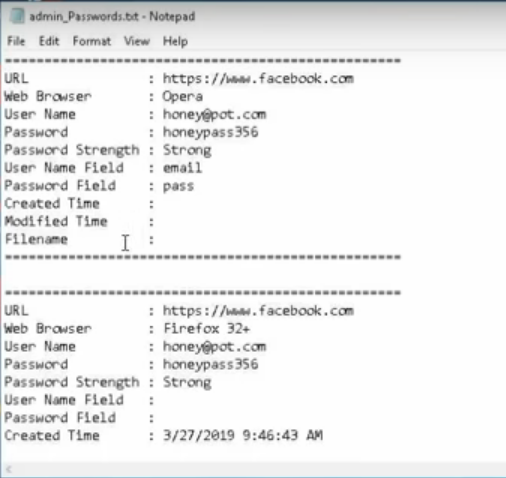
Only those of them that have an engine capacity of more than 50 cm3 are registered with the traffic police.
Scooters, like motorcycles, have a VIN number. It is located depending on the model:
It is also possible to check the scooter for theft by frame number. Due to the fact that only mopeds that exceed the power threshold are registered, less powerful scooters cannot be checked for theft online. The traffic police inspectorate simply does not have data on them. The rest, when hijacked, end up in the traffic police database.
The mopedist can see it personally, or with the help of an inspector at a stationary post or in the traffic police.
Not all ATVs are also registered, but only those with sufficient power. Those that have passed state registration during theft will also be in the traffic police database, like other vehicles.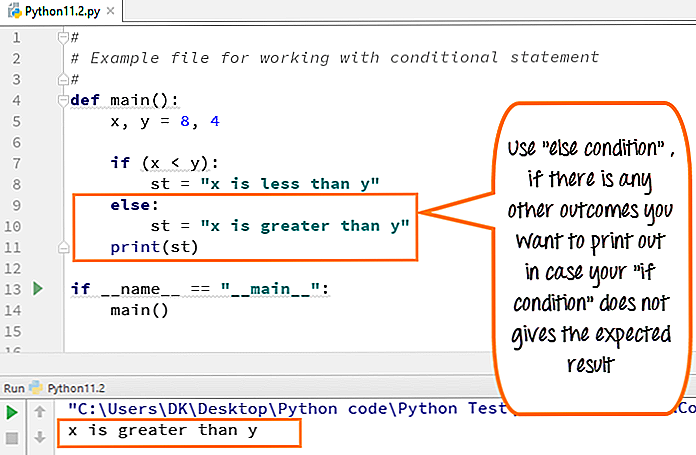 It is enough to visit the inspection or the website of the traffic police.
It is enough to visit the inspection or the website of the traffic police.
The situation is somewhat more complicated with those ATVs that were not registered. First you need to ask the seller to provide the entire package of documents, check the wines. It would not be superfluous to show the transport to a specialist, he will not only conduct a certain inspection of its technical condition, but also help to find out that the number was not interrupted, and the purchase did not get into an accident. If there are not enough documents, then it is advisable to refuse the purchase, no matter how tempting the price is.
When checking a registered motor vehicle, you will need:
 At best, this is a vehicle with previously imposed restrictions, at worst, stolen.
At best, this is a vehicle with previously imposed restrictions, at worst, stolen.
The consequences of buying a stolen vehicle are unpleasant. Depending on whether the buyer knew about the criminal origin of the motorcycle, he is threatened with either criminal liability. Or long trials in an effort to return what was spent.
If the buyer promised in advance to purchase stolen or hijacked vehicles, then he will be considered an accomplice of the hijacker in the commission of a crime. He will be liable under the relevant article of the Criminal Code of the Russian Federation.
If the buyer was in the dark and according to the Civil Code of the Russian Federation is considered a bona fide purchaser, this will have to be proven in court. At this time, it will not be possible to use the purchased vehicle, it will be seized, and the money will be returned too.
This, in addition to the fact that you still have to become a witness in a criminal case of theft or theft.
Unfortunately, practice shows that it is difficult and rather expensive to prove the good faith of an acquisition. Getting your money back is almost impossible. For this reason, it is worth buying only pre-tested motorcycles and scooters. Moreover, there are now enough ways to check, for this you don’t even need to leave the house.
In order not to run into the killed equipment and do not spend money on repairs - it is necessary to verify it very carefully. How exactly this is done - we will tell in this article.
 The owner must have a transfer-acceptance certificate, a sales contract from the previous owner, and PSM. If there is a certificate of conformity - also ask to take it (but this is not necessary, because it can be obtained from the dealer by the number of your PSM).
The owner must have a transfer-acceptance certificate, a sales contract from the previous owner, and PSM. If there is a certificate of conformity - also ask to take it (but this is not necessary, because it can be obtained from the dealer by the number of your PSM). 
Since the ATV must be inspected not only from above, but also from below, it is advisable to check it at a service with a lift. As an option, a garage with a pit or a flyover is also suitable.
It is necessary to check:
 If there is a bias on either side (it is slightly higher or slightly lower than the others), there is a problem with the shock absorbers.
If there is a bias on either side (it is slightly higher or slightly lower than the others), there is a problem with the shock absorbers.
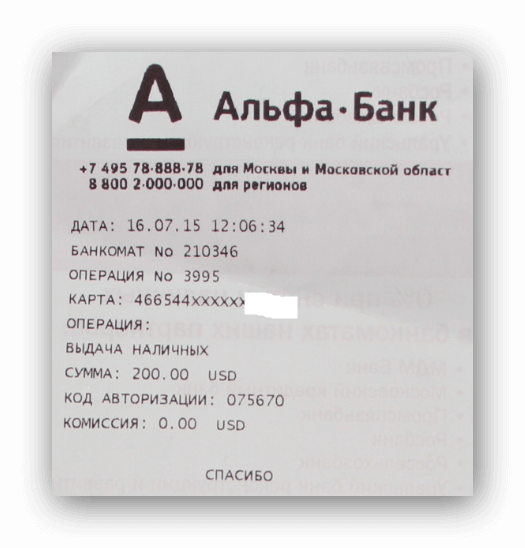
Now jack up the front end and continue checking.
If it is possible to inspect the ATV from below, we inspect everything that is visible: bottom protection, frame, suspension. Should alert:
Once the ATV has been inspected from all sides, it's time to check how it works.
What we are doing:

 The ATV must go straight without deviating from the path. If the wheels lead to the right or to the left, it means that either the frame has led, or the wheel alignment angles are incorrect. Both reasons indicate a strong blow.
The ATV must go straight without deviating from the path. If the wheels lead to the right or to the left, it means that either the frame has led, or the wheel alignment angles are incorrect. Both reasons indicate a strong blow. 